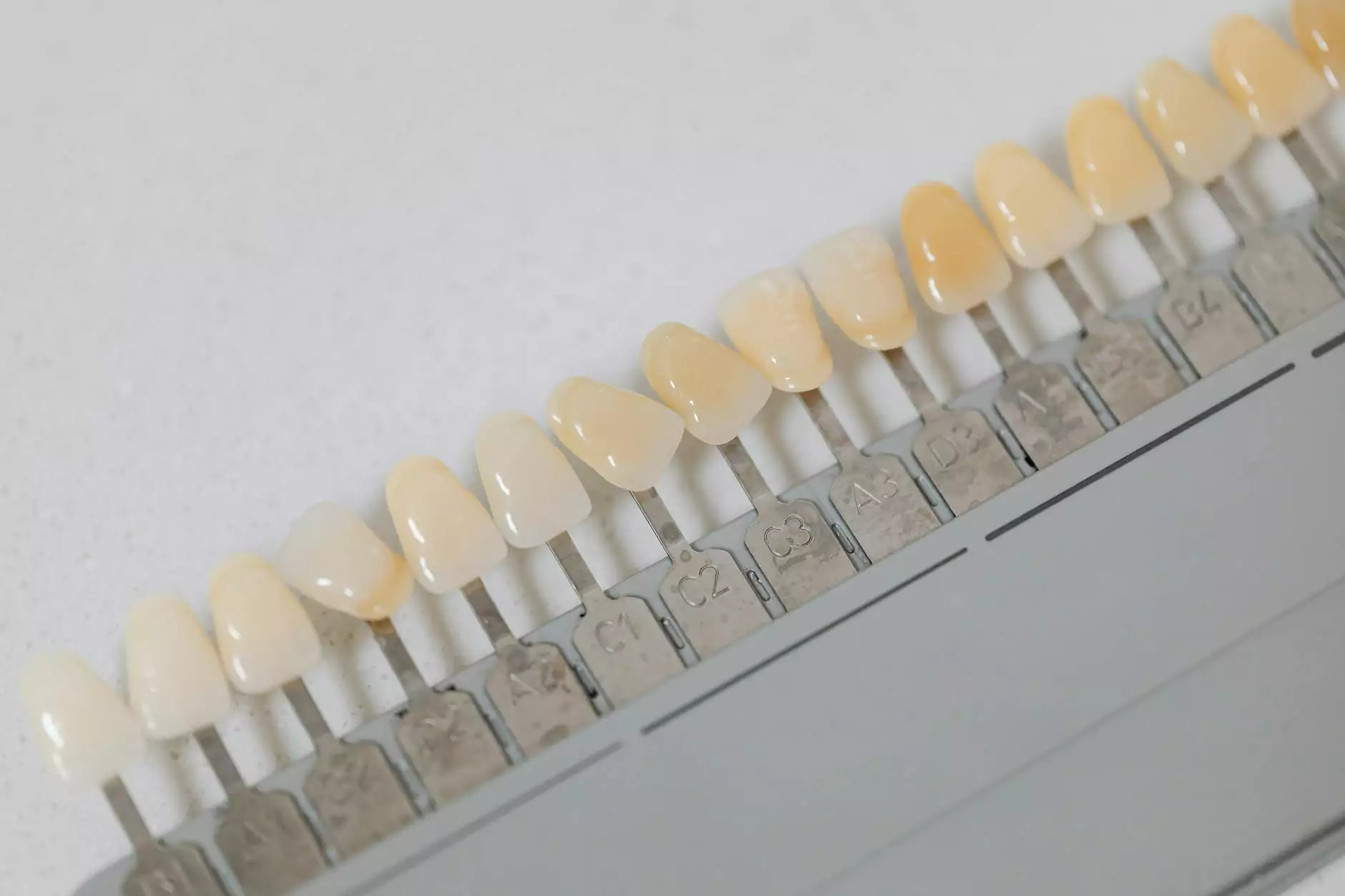Understanding Breast Reduction: A Comprehensive Guide

Introduction to Breast Reduction
Breast reduction, also known as reduction mammaplasty, is a surgical procedure aimed at removing excess breast fat, glandular tissue, and skin to achieve a breast size more proportional to the body. This procedure serves both aesthetic and functional purposes, often providing significant relief from physical discomfort and enhancing self-esteem.
The Importance of Breast Reduction Surgery
For many individuals, having larger breasts can lead to various physical and emotional challenges. The excess weight can result in:
- Pain in the back, neck, and shoulders, leading to a decrease in overall quality of life.
- Skin irritation, especially in the folds beneath the breasts.
- Difficulty in finding appropriate clothing that fits comfortably.
- Limitations in physical activities and sports.
- Lower self-esteem due to body image issues.
Breast reduction surgery can help alleviate these problems, allowing individuals to enjoy a more active lifestyle and improved body image.
Who is a Candidate for Breast Reduction?
While breast reduction surgery can benefit many, it is essential to determine if you are a suitable candidate. Some key factors include:
- Physical Health: Candidates should be in good health, with no underlying conditions that could impair healing.
- Breast Size: Candidates typically have large breasts that cause discomfort or psychological distress.
- Age: While there is no specific age requirement, individuals in their late teens and older may be better candidates as their breasts are likely fully developed.
- Realistic Expectations: Candidates should have well-defined goals and realistic expectations of the surgery outcomes.
Consulting with a qualified plastic surgeon is crucial to assess whether breast reduction is the right choice for you.
The Breast Reduction Procedure Explained
The breast reduction procedure typically involves several key steps:
1. Consultation
Your journey begins with a thorough consultation. During this meeting, you will discuss your health history, aesthetic goals, and any concerns you may have. The surgeon will conduct a physical examination and may take photographs for your medical records. This is also an excellent time to ask questions about the procedure, recovery, and expected outcomes.
2. Anesthesia
On the day of the surgery, you will be administered anesthesia to ensure your comfort. Options typically include:
- General Anesthesia: You will be asleep throughout the procedure.
- Local Anesthesia with Sedation: Only the breast area is numbed, and you will be relaxed but awake.
3. Incision Techniques
Surgeons utilize different techniques based on your breast size and desired outcome. Common incision patterns include:
- Anchor Incision: Involves an incision around the areola, down to the breast crease, and horizontally along the fold.
- Keyhole Incision: A less invasive technique that follows the contour of the areola and down to the crease below the breast.
- Vertical Incision: A less extensive option that leaves a minimal scar.
4. Tissue Removal and Reshaping
Once the incisions are made, the surgeon will remove excess fat, glandular tissue, and skin. They will then reshape the remaining tissue and reposition the nipple and areola.
5. Closing the Incisions
After reshaping, the incisions are closed with sutures, and you may have drainage tubes inserted to prevent fluid buildup. The length of the surgery typically lasts between 2 to 4 hours, depending on the complexity.
The Benefits of Breast Reduction
Opting for a breast reduction can lead to numerous benefits, including:
- Physical Relief: Alleviation of pain and discomfort associated with large breasts.
- Improved Posture: Reduction in back and shoulder strain leads to better posture.
- Enhanced Mobility: More freedom in physical activities and exercise.
- Better Clothing Options: Easier to find fashionable clothing that fits well.
- Boosted Self-Esteem: Improved body image can enhance confidence in social and professional settings.
Recovery Process after Breast Reduction
The recovery process is a critical phase after breast reduction surgery. Here’s what to expect:
1. Immediate Post-Operative Care
After surgery, you’ll be monitored in a recovery area. Hospital stays may vary, ranging from outpatient to overnight, depending on the complexity of the procedure.
2. Pain Management
You may experience discomfort in the first few days, managed with prescribed pain medication.
3. Bandaging and Compression Garments
Your surgeon will provide specific instructions regarding the care of the surgical area and may recommend wearing a supportive bra or garment to minimize swelling and support healing.
4. Activity Restrictions
It’s essential to limit physical activity in the early stages of recovery. Your doctor will outline a timeline for gradually resuming regular activities, typically allowing light activities after 2 weeks, and full activities around 4-6 weeks.
5. Follow-Up Appointments
Regular check-ups are crucial to monitor healing, assess results, and remove any stitches if applicable.
Potential Risks and Considerations
While breast reduction is generally safe, it does carry some risks, including:
- Infection: As with any surgery, there is a risk of infection.
- Changes in Sensation: You may experience temporary or permanent changes in the sensation of the breasts or nipples.
- Scarring: Scarring is inevitable. The severity varies depending on individual healing.
- Breastfeeding Challenges: Some individuals may experience difficulty breastfeeding after the surgery.
- Asymmetry: There may be slight differences in breast size or shape post-surgery.
Discussing these risks with your surgeon during the consultation can help set realistic expectations.
Conclusion: Making an Informed Decision
Choosing to undergo a breast reduction is a significant decision that requires consideration of various factors, from potential risks to aesthetic goals. Consulting with a skilled surgeon at The Wellcome can provide you with the necessary insights and personalized care to ensure the best possible outcomes. It’s essential to ensure that all your questions are answered and that you feel fully informed and confident in your decision.
Additional Resources
For more information on breast health, surgical procedures, and support, consider visiting:
- The Wellcome - Health & Medical Professionals
- Breast Reduction Resources
- American Society of Plastic Surgeons
Remember that taking the step towards breast reduction could lead to an improved quality of life. Educate yourself, discuss openly with your healthcare provider, and embark on your journey to relief and confidence.









